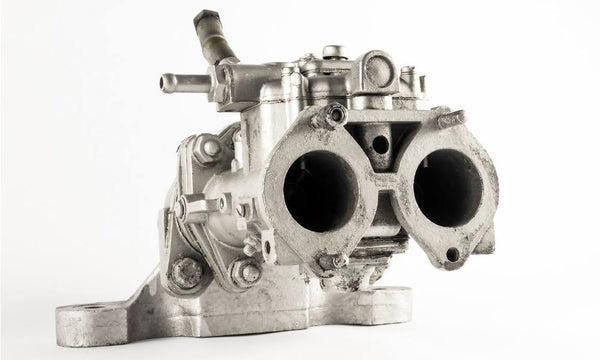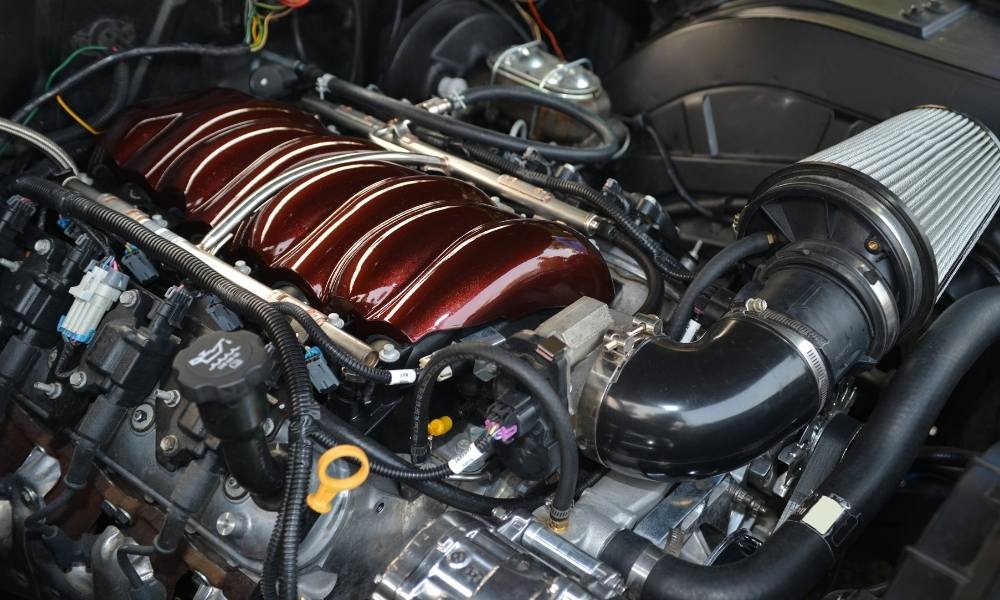10 Commonly Asked Questions About Carburetors Answered
Carburetors are very precise in the way they meter fuel and air. When any part of this accurate system stops working correctly, a problem can occur, which will make your engine difficult to start, drive or operate. Carburetor problems can be caused by some things, including a faulty choke cable, worn throttle shaft, and faulty float arm. Troubleshooting these problems is essential to keeping your car running correctly. What is the most common problem with a carburetor? It's always good to get your questions answered, especially when you're talking about vehicles and vehicle engines! With all of that said, here are commonly asked questions about carburetors answered:
1. What Is the Most Common Problem With a Carburetor
The most common problem with a carburetor is that it doesn't work at all. This can be caused by a variety of things, including:
- A loose connection in the electrical system.
- A bad spark plug or ignition coil.
- A faulty fuel pump.
- The carburetor is clogged up with dirt and debris.
If your carburetor has stopped working, you'll need to replace it before you can use your lawn mower again. Replacing the carburetor is relatively simple, and most people can do it themselves without any special tools or training. You should be able to find replacement carburetors at any home improvement store or online retailer that sells lawn mowers.
2. What Is the Most Common Type of Carburetors
The most common carburetor type is called an "throttle body" carburetor. This carburetor type has one throttle plate for each cylinder, which opens when you press the accelerator pedal. The throttle plates control the air entering each cylinder, causing them to fire rapidly or slowly depending on how far open they are. Throttle body carburetors are usually found on V8 engines because they're easy to work on. Still, they're also found in inline-4 engines because they can be made compact enough to fit under the hoods of smaller vehicles like minivans and sport utility vehicles (SUVs).

3. How Can I Tell if My Carburetor Needs Repair?
Carburetors are designed for long life, but they do wear out eventually. If your engine doesn't perform as well as it used to, there may be something wrong with your carburetor or fuel system - or both - that needs attention before you can get back up to speed again.
4. What's the Best Way to Tune the Accelerator-Pumpcircuit?
The accelerator pump circuit delivers fuel to the engine when you step on the throttle. The best way to tune it is to start by setting the primary and secondary needles so they open at full throttle and then adjust the second hand until it starts to close. You can also use a vacuum gauge to ensure that both needles work correctly.
5. How Do I Choose the Right Size Carburetor for My engine?
What is the most common type of carburetors? the size or type of a carburetor you need depends on several factors: The cubic inch displacement of your engine, what type of fuel delivery system it uses, whether it's equipped with an electric choke if there's a vacuum-operated power brake booster or power steering pump installed and if there are any emission control devices such as catalytic converter or nitrous oxide injection system on your vehicle.
6. Is Air Pushed or Sucked Into a Carburetor?
Carburetors do not "suck" air; they are designed to push or draw air in. The fuel/air mixture is drawn into the carburetor through the venturi and down into the throttle body. The throttle valve opens at low RPMs to allow more air to flow into the engine and closes off at high RPMs to allow less air to flow into the machine.
7. How Do You Diagnose the Cause of a Bog or Stumble?
If you have a hard time starting in the morning, or if your car bogs down under a load, it could be an indication that there is not enough fuel reaching the cylinders. If you are experiencing a hesitation or stumble under acceleration, it may be due to an incorrect carburetor jetting for your engine modifications.
8. How Does Weather and Altitude Affect Carb Jetting?
The weather and altitude can drastically affect how well your car runs. For example, if you live at higher elevations, your carburetor might need more air than it did when it was originally tuned at sea level. Also, weather affects how much air is available for your engine to breathe and how quickly it can change from humid to dry conditions.
9. How Do I Know What Size Power Valve to Use?
The power valve controls the fuel flow into the carburetor. It is a small needle-like device mounted on the bottom of the float bowl and has a hole in it that contains how much fuel flows through each time the float bowl rises and falls with fuel consumption. The size of this hole is controlled by an adjustment screw, which can be set to allow more or less fuel to flow through into your engine. The larger the opening, the more energy flows; conversely, smaller spaces restrict flow.
10. How Do You Set the Float Level, and What Effect Does It Have?
The float level determines how much fuel is held in reserve in the carburetor bowl when there's no vacuum (e.g., when you're idling). Too much fuel can also cause an overly rich condition during idle; too little fuel means that there won't be enough gas when you step on it hard off-idle, leading to a lean condition and possible stalling.
Wrapping Up
Carburetors have been the cause of much consternation among automotive enthusiasts and small engine owners. They have always been a bit of a black box where people think they understand how they work, but when it comes to working on them, adjusting them, or even tuning them themselves, things can quickly get very complicated.
Looking for Aftermarket Car Parts, check out our online inventory!


